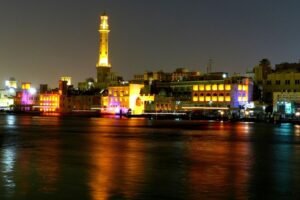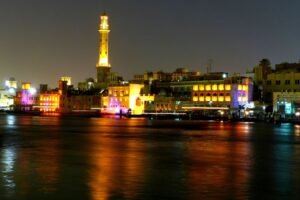Introduction:
Indonesia, an island country situated between Asia and Oceania, is a treasure trove of natural splendor and cultural richness. But before starting your Indonesian adventure, understand the country’s weather patterns is essential to make sure a smooth and exciting experience.
In this complete guide, we will delve into the Indonesia’s climate throughout the year and let you know the best suitable time to go there. Whether you are a sun-seeker, a nature enthusiast, or a cultural explorer, this blog will equip you with the expertise to plan your Indonesian journey with confidence.
So, let’s embark on this ride to Indonesia’s climatic patterns and find out the best time to visit this country’s natural splendor and cultural heritage.
BEST WEATHER IN BALI
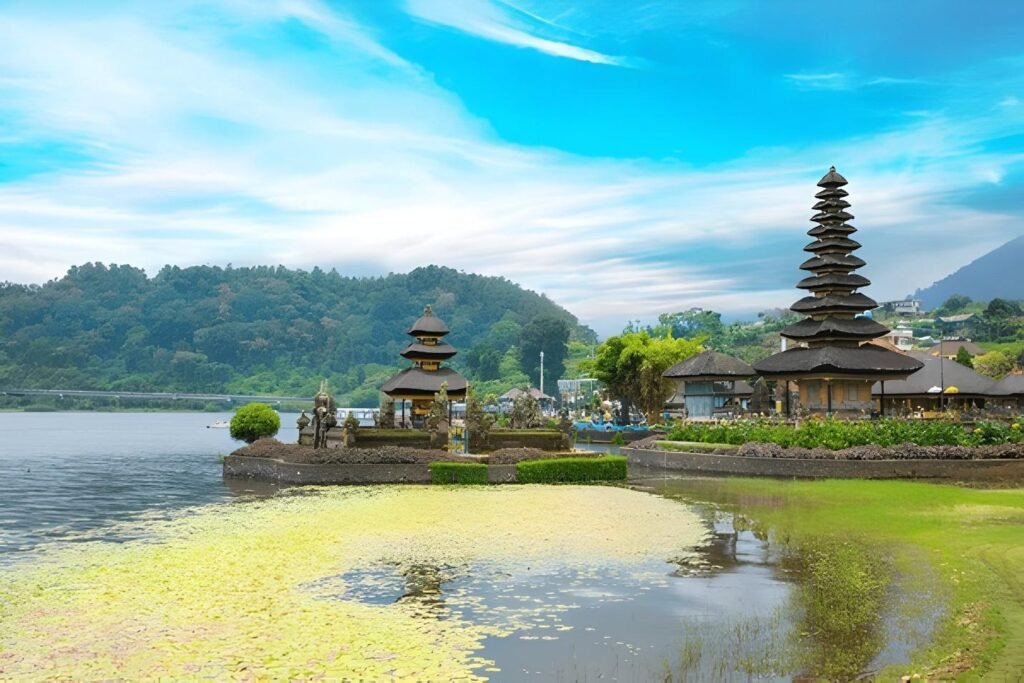
Since Bali is present south of the equator, the wet season runs at some point in the later months—from December to February, when the rain brought down the greater temperatures and humid atmosphere. May and June in Bali offers clear skies and sunny days, it is the best time for escaping the busy season and enjoy holidays. The ideal climate of July and August makes Bali crowded with those searching for a tropical seaside summer-time holiday. The weather remains beautiful in September, and the month additionally have low tourism, making it the best time to visit Bali and do bargain.
WEATHER IN LOMBOK
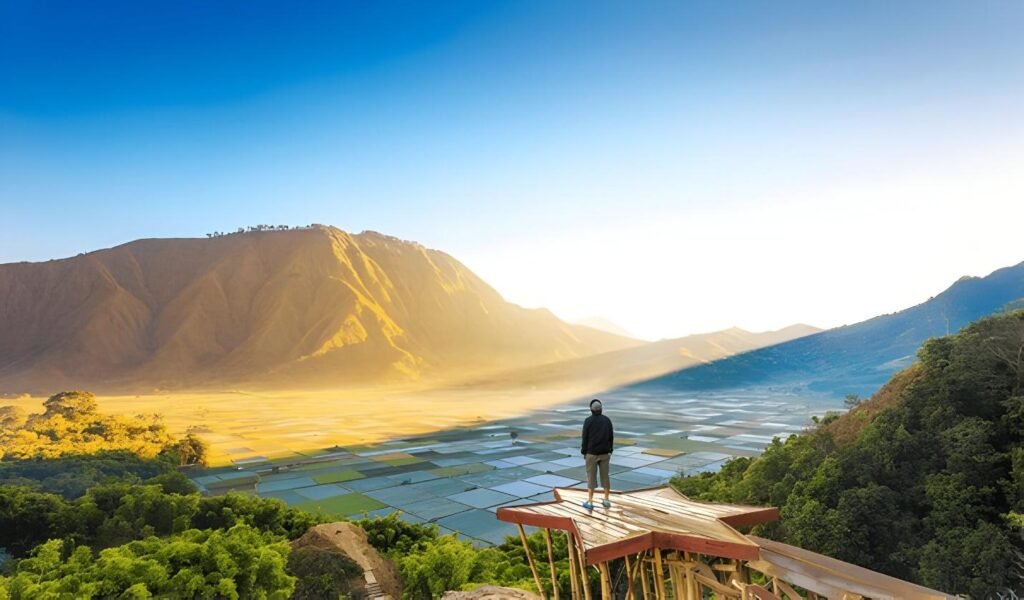
Closely present to Bali, Lombok offers all the identical climate patterns as Bali. Like Bali, Lombok’s tropical weather provides the best experience for tourists all over the world during summer season months, usually between June and September. This spot is less visited than Bali, Lombok is an ideal location to overcome the crowd in the favourable season.
Weather in JAVA
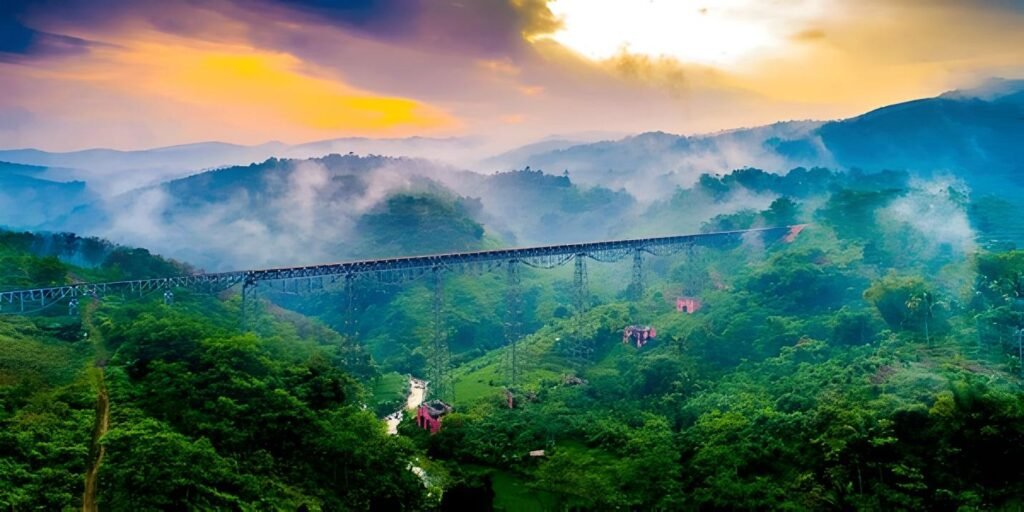
Java is present west to Bali, Java’s weather is also the same as that of Bali and Lombok’s. The showers of the wet season can be observed into May, and this is an amazing way to overcome the higher temperatures. For those searching for a remedy from the heat, the mountainous areas of Java are superb for enjoying the tropical climate. It’s additionally worth understanding that Java’s south coast enjoys cooler summers than the island’s in north.
Beach Season in Indonesia
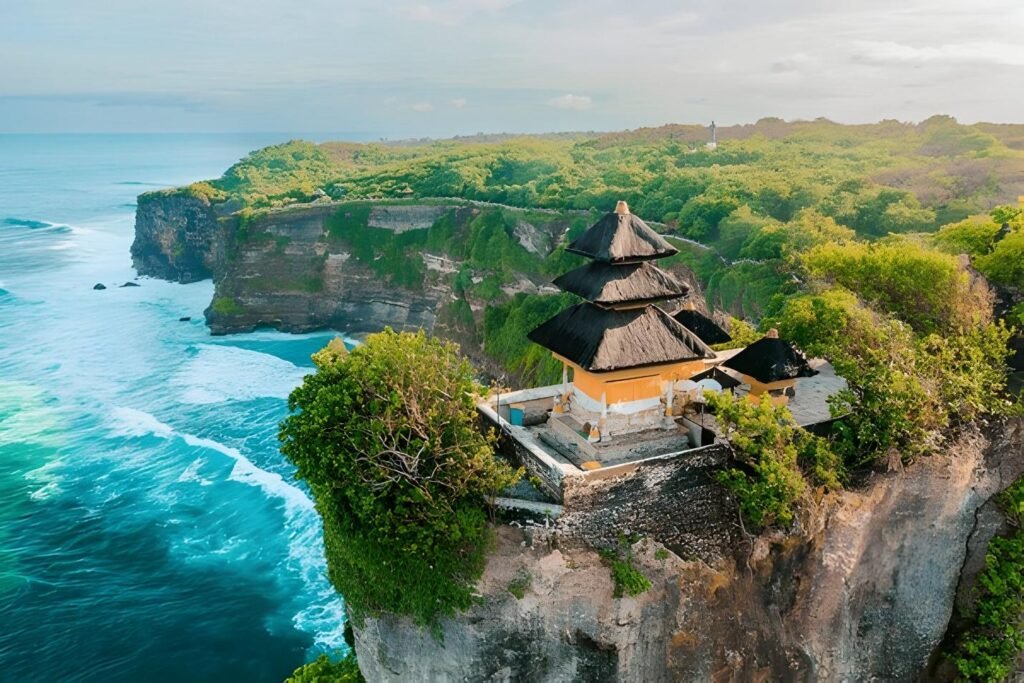
The best weather in Indonesia is observed to be in the dry season, in particular between May and October. During this time, seashores are busier as clear skies welcome vacationers from throughout the world. Some of the most famous locations for exploring during the seaside season are Bali, the Gili Islands, and Komodo Island, well-known for its red beaches. The seas are crystal clear and calm, making conditions most favourable for snorkeling and diving.
Weather in Indonesia throughout the year
-
JANUARY-FEBRUARY
At the beginning of the year, Indonesia is firmly in its moist season, so if visiting in January or February, you can enjoy pretty heavy rainfall and high temperatures throughout the country. However, with temperatures hitting 30°C, the rain is regularly controls it and helps to take the escape from heat. Rains fall off sharply in Sumatra, making this a tempting time to visit, although the orangutans are active in these months. Rain occurs with less intensity in Sulawesi, mainly in the north, in comparison to the rainfall in the south.
-
MARCH- APRIL
Indonesia is in humid condition in the month of March – April. The moist condition is declining in Flores, Sumba, and Komodo, even though humidity stays high. However Bali in March, experiences very excessive humidity and the island appears beautiful and green. Sulawesi is getting dryer in the south, and March is a remarkable time for the flora and fauna in the north. As we get to April, Bali will become the best and desirable once, from a climate standpoint—and this month is assumes to be the finest months to visit. There are normally fewer showers in Sumatra and Kalimantan from March to April, and while Java stays overcast and wet through March, this offers conditions to sunny skies in April. Indonesia’s climate in April is favourable for all types of journeys and activities.
-
MAY– JUNE
Long days with amazing sunshine and no rain make May to June a wonderful time to visit Indonesia, especially favourable for college vacation trips to begin. The seashores are sun-drenched, the mountains are crisp and dry, and the skies are clear throughout the country. The actual splendor of May and June is that the high crowd of tourists visit in these months, and travellers hotspots includes Lombok, Bali, Borobudur in Java, and Komodo that have some fewer visitors.
-
JULY-AUGUST
July and August are also the amazing months for exploring some spots in Indonesia, like Lombok, Bali, Java, Sulawesi, Flores, and Sumba. There is very little rainfall and the humidity is also low, making it a favourable time to visit. For these reasons, tickets get booked early, so make sure to plan your summer season exploration to Indonesia with in advance to enjoy the best resorts and guides. It’s well worth, that in the similarly reaches of Indonesia, such as the Moluccas and Raja Ampat, you can sometimes explore monsoon winds that deliver a little rainfall in these months.
-
SEPTEMBER- OCTOBER
During September, Indonesia offers amazing weather. The start of September leads to decline in tourism sharply, which means you can explore and enjoy to full extent. This is also in Bali and Java, in particular, some of the most famous Indonesian destinations. October welcomes the return of the moist season, though there are some sort of pleasant weather. Moist season in Indonesia will decline in December, so September and October in Indonesia offers extremely good possibilities to experience dry sunshine and wonderful offers at the beginning of winter.
-
NOVEMBER-DECEMBER
Indonesia’s moist season starts declining in early November, which means that in the beginning of December, rainfall is usually heavy at some places in the country. There are dry spells in Bali, Java, and Sumba in November, so don’t ignore them entirely. Sulawesi, Sumatra, and Kalimantan experience heavy rainfall from November onwards. In contrast, November and December are remarkable months to visit Raja Ampat, as this location offers little rainfall and has calm seas and clear visibility to spot surprising marine lifestyles like big manta rays.
Conclusion
As we conclude our exploration of Indonesia’s weather patterns, it is clear that this large archipelago provides a multitude of climatic experiences. From the sizzling warmness and monsoon rains of the moist season to the bright sunshine and low humidity of the dry season, there is a best time available to visit Indonesia which fits to specific traveller according to his preference.
By knowing about the seasonal and regional variations in weather conditions, you can plan your Indonesian journey with greater precision and maximize your enjoyment. Whether you are searching for sun-drenched beaches, lush rainforests, or cultural immersion, Indonesia has something to provide throughout the year.
So, pack your bags, plan accordingly, and embark on an unforgettable experience to this charming archipelago.





